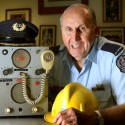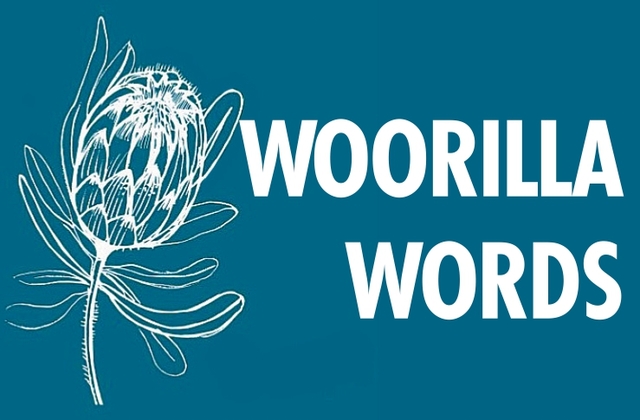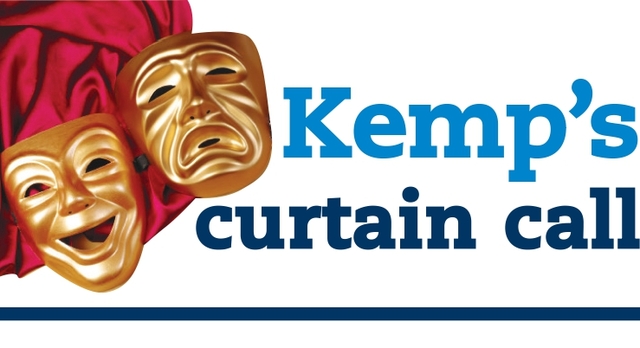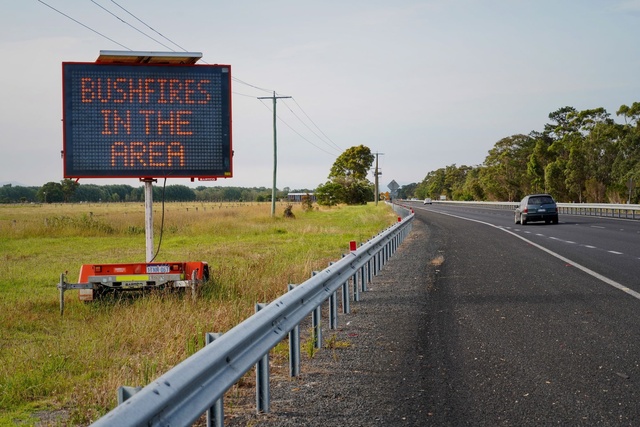By KATH GANNAWAY
WHEN Barry Marshall joined the Warburton Urban Fire Brigade, the brigade’s running competitions were a big attraction.
Sixty years on, Barry has plenty to reflect on … and it isn’t over yet.
The former captain, now president of the brigade, joined on 13 February, 1956 and he’s still on-call as a daytime firefighter.
He was 18 years old and had started an apprenticeship two years earlier at the local bus company, Martyrs, where brigade captain Mac Sparke also worked.
“He got a few of the young bucks together and got us into the competitions,” Barry said.
It was good training for the cricket Barry played in summer, and the football he played in winter – and, no doubt it was a fair trade of skills and stamina that made the Warburton brigade a successful contender.
Barry said the games brought firefighters from all around the state together in smaller towns and for the big demos at places like Ballarat, Bendigo, Geelong and Mildura.
“It was good competing as a team and seeing all different parts of the country,” he said.
“Some places, we camped out overnight so we’d be there early the next day for the competitions.”
His knowledge of the history of fires in the Upper Yarra comes from hands-on experience that covers decades of gradual change.
In the early days establishing where a fire was coming from was pretty basic.
“It’s something you pick up,” he said.

“You would hear the old fire bell ring and would look around to see where the fire was coming from.
“There were fire spotters at places like the back of the Upper Yarra Dam, Mount Beenak and Mount St Leonard over Healesville way, but in terms of the technology, meteorology and warnings that keep brigades informed today, it was pretty hands-on science.
“The fire bell has been replaced by pagers, and the old all-purpose pumper by modern tankers and pumpers, along with specialist communication and rescue vehicles. Some now have water spray protection.
“Helicopters and water bombers came around the early ’90s.“
The introduction of women as firefighters, changes to occupational health and safety, and a strong focus on fire prevention and community involvement have all been part of the journey.
Barry’s first major fire was in 1962 when the fire coming across from Toolangi and Healesville hit a wind change at Don Valley, pushing it across to the Woori Yallock flats.
Wind behaviour, and change, is something that doesn’t change. It’s been a major factor in so many of the big fires, including the Ash Wednesday fires in 1983 when Barry was brigade captain.
Locally, a pall of smoke rising from Mt Little Joe was the start and it didn’t end for almost a week when a rain storm finished it off.
In 1991, Mt Little Joe went up again. And then there was Black Saturday, 2009 when the threat to Warburton persisted for a fortnight.
There have been numerous accolades for Barry, including the Australian Fire Service Medal in 2000.
The competitions that drew Barry into the brigade 60 years ago aren’t such a feature of brigades these days.
Barry says young people now have cars, something he and most of the ‘young bucks’ didn’t have when he joined.
Would he encourage others to get involved in the new CFA?
“For me, it’s something that just gets in your blood,” he says.
“I’ve had very good support from my wife Sue, daughter Wendy and son Daryl, and from some very good people in the brigade over the years.
“I’d say, give it a go. See whether you like it.
“There’s a sense of achievement in doing something for your town.”







